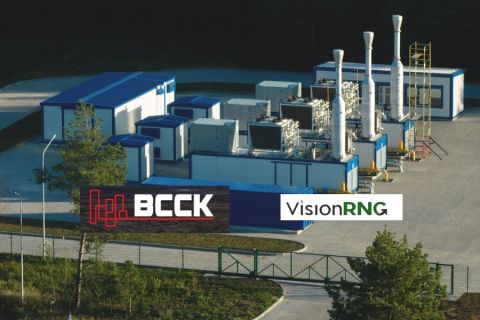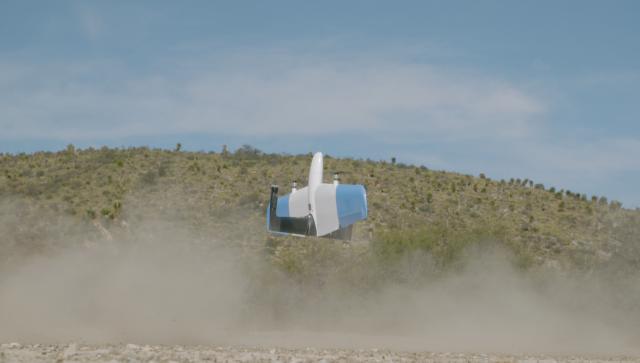
SkyX aerial monitoring drone takes flight. (Source: SkyX Systems Corp.)
Tackling longer assets paired with the absence of human agency has cleared a significant and profitable path for unmanned drones in oil and gas. While drones have been lightly integrated into operations, new developments are beginning to solidify drone’s usefulness in the industry.
Offering new-age relief to the midstream sector’s age-old pipeline issues, Canada-based SkyX Systems Corp.’s aerial monitoring drone encapsulates a befitting solution. The drone heavily assesses hydrocarbon leaks, pipeline corrosion, external third-party disruption and pipeline right-of-way encroachments specifically across extended miles of assets, according to the company.
“The company was founded on specifically addressing long range assets monitoring capabilities. Instead of approaching it from a land-locked, small area the focus was turned to getting the same high-end type of data but across a long span very quickly,” Sean Carnahan, vice president of sale at SkyX, told HartEnergy.com.
SkyX Chairman and CEO Didi Horn founded the company in 2015 following his stint in the Israeli Army, serving in special ops. Through that experience, Horn was able to identify how drone technology used in the military had crossover potential to benefit other industries like oil and gas.
Assisted by his SkyX team, the company developed its long-range unmanned aerial monitoring and data collection drone.
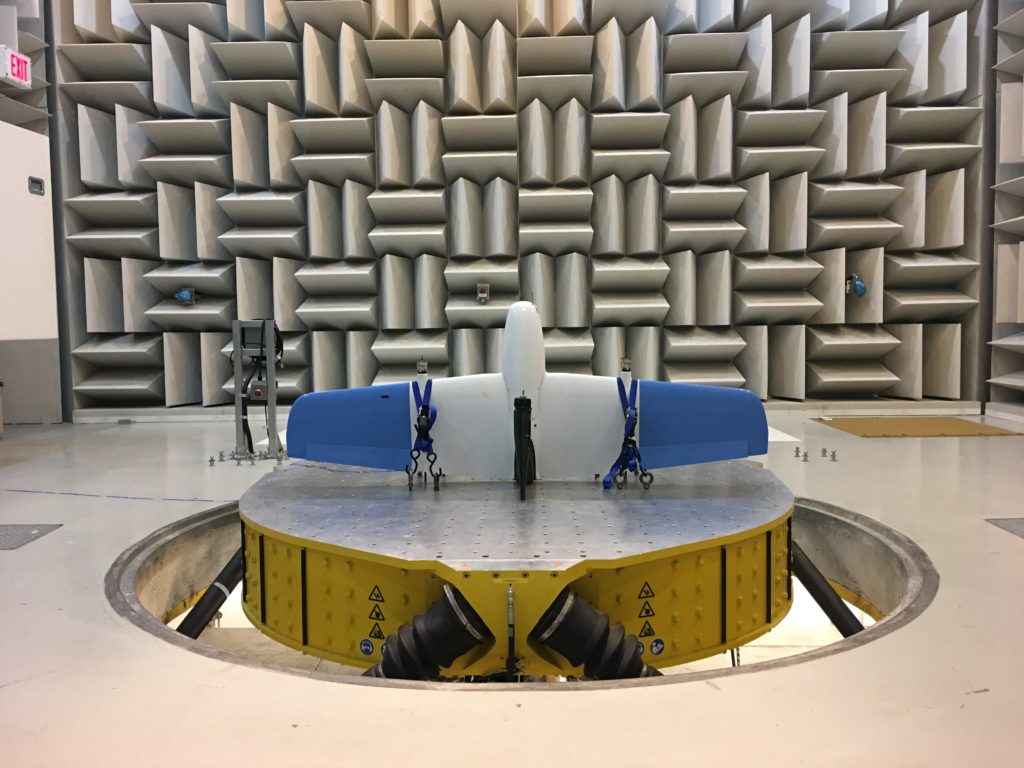
The invention is an autonomous solution, Carnahan said, to midstream operators growing concern around safety, pipeline integrity and operational efficiencies. Through the SkyX artificial intelligence system equipped on the drone, its capabilities include visual verification and analysis of data.
Once the data is scanned by the UAV it is housed in the company’s online portal, or the operator’s own cloud system, and accessible in a map-based view for evaluation.
“Operators are able to have data [that is] time-stamped and geotagged over time. Every time we scan—it’s logged from the very beginning—you’re able to look back on it all and see progressions and look for very specific instances and determine problems like encroachment and be able to analyze it better,” he said.
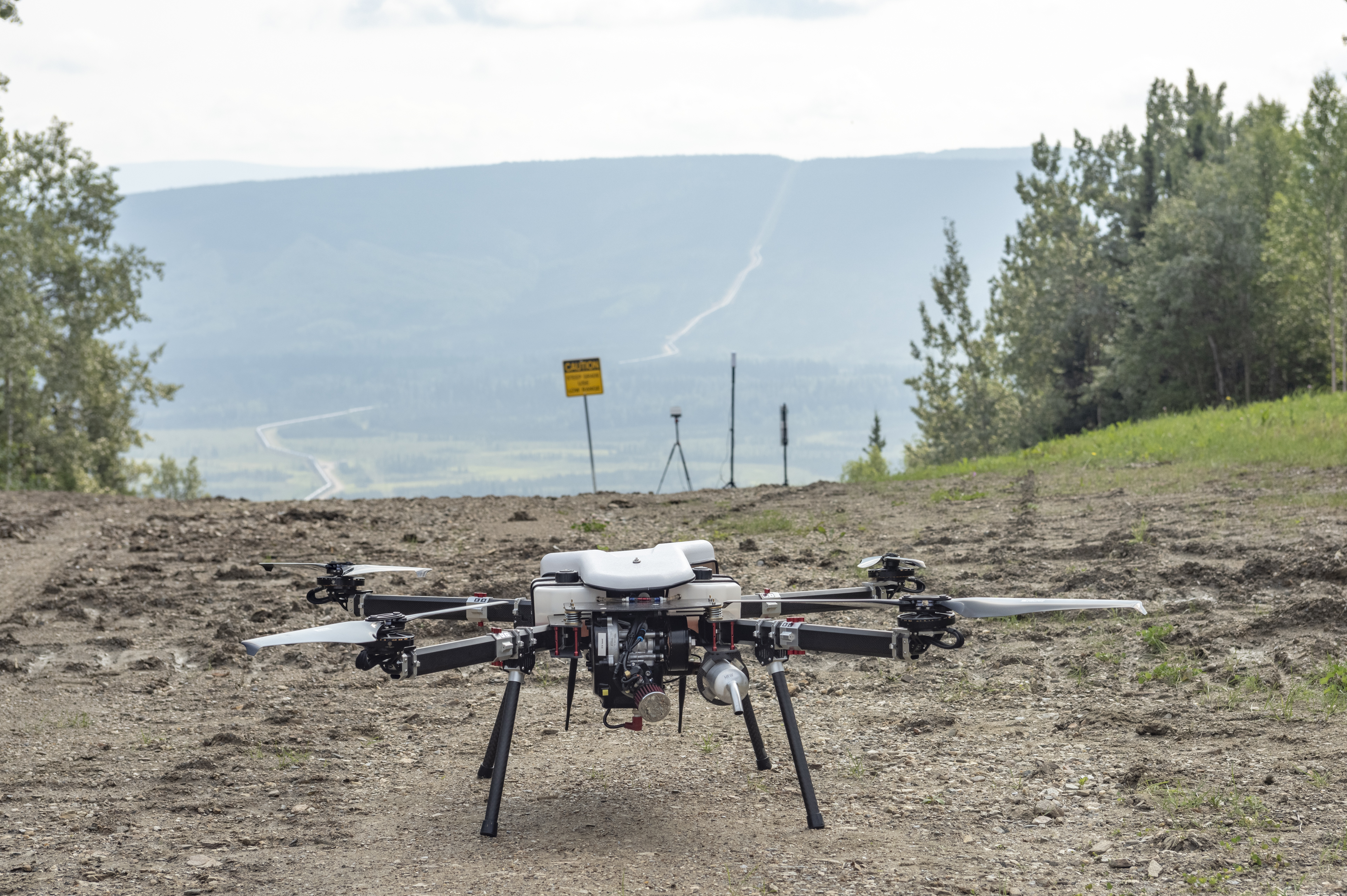
Out Of Sight
Building on the momentum of drones, the University of Alaska’s Unmanned Aircraft Systems Integration Pilot Program recently conducted the first ever beyond-visual-line-of-sight (BVLOS) drone operation without human observation.
The 3.87-mile inspection mission of the Trans-Alaska pipeline was successfully conducted by a cohort of Iris Automation Inc.’s computer vision collision avoidance technology, Skyfront’s long-range multirotor UAVs and Echodyne Corp.’s ground-based airspace management radars.
“Everyone inside the industry, and even outside, is looking at drones and saying that there’s so much potential with drones, but it’s just not practical for our applications,” Alexander Harmsen, CEO and co-founder, Iris Automation, told HartEnergy.com. “[This project] finally makes it efficient and practical for those end-users and for big oil and gas companies to finally start adopting drones. I think this [development] is the inflection point between unusable and not practical to the practical use of these drones. It finally tips the scale in terms of being efficient enough.”
Casia, Iris’ on-board sense and avoid system, is modeled after human vision. However this architecture is designed to catch and identify beyond what the human eye—pipeline inspection pilots and safety crews—miss.
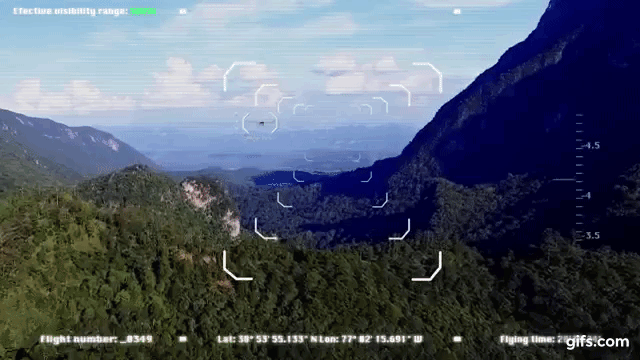
“We’ve built a system that allows drones to see the world the way a pilot does to be able to avoid collision with other aircrafts, and this is the key enabling technology that unlocks the use of these drones beyond just one mile away,” Harmsen said. “Flying beyond line of sight suddenly makes it 40 times more efficient.”
The accomplishment also had an impact on oil and gas policy as the mission received first-of-its-kind approval to fly blind from the Federal Aviation Administration (FAA), which historically requires some sort of visual observer to oversee the risks of the aircraft.
“We think it’s very likely that over the next several months there will be an avalanche of new approvals that come out from this initial precedent that we set,” Harmsen said.
Using drones as a service saves operators costs and offers safety assurances. For Iris, the Alaska project showcased how the exclusion of human agency eliminates an “expensive and unscalable restriction on the use of drones for commercial purposes.”
Furthermore, Carnahan explained that drones step in to access potential issues first that typically call for on hand personnel. The foresight to anticipate and mitigate risks means operators can take immediate control of the issue, discover trends and reduce any continuation of pipeline issues.
“You’ll have a much bigger base of data to make your decisions to keep integrity up and with no people involved, there’s no risk to humans and that provides infinite savings,” he said.
Battery Life
With a focus on longer assets, a single charge battery life wouldn’t be reliable so Carnahan said SkyX sets up its xStations along pipelines. The xStations are portals for the drone to remotely recharge or swap out with another drone—if assets are longer than 1,000 miles—for uninterrupted monitoring of long-range infrastructure.
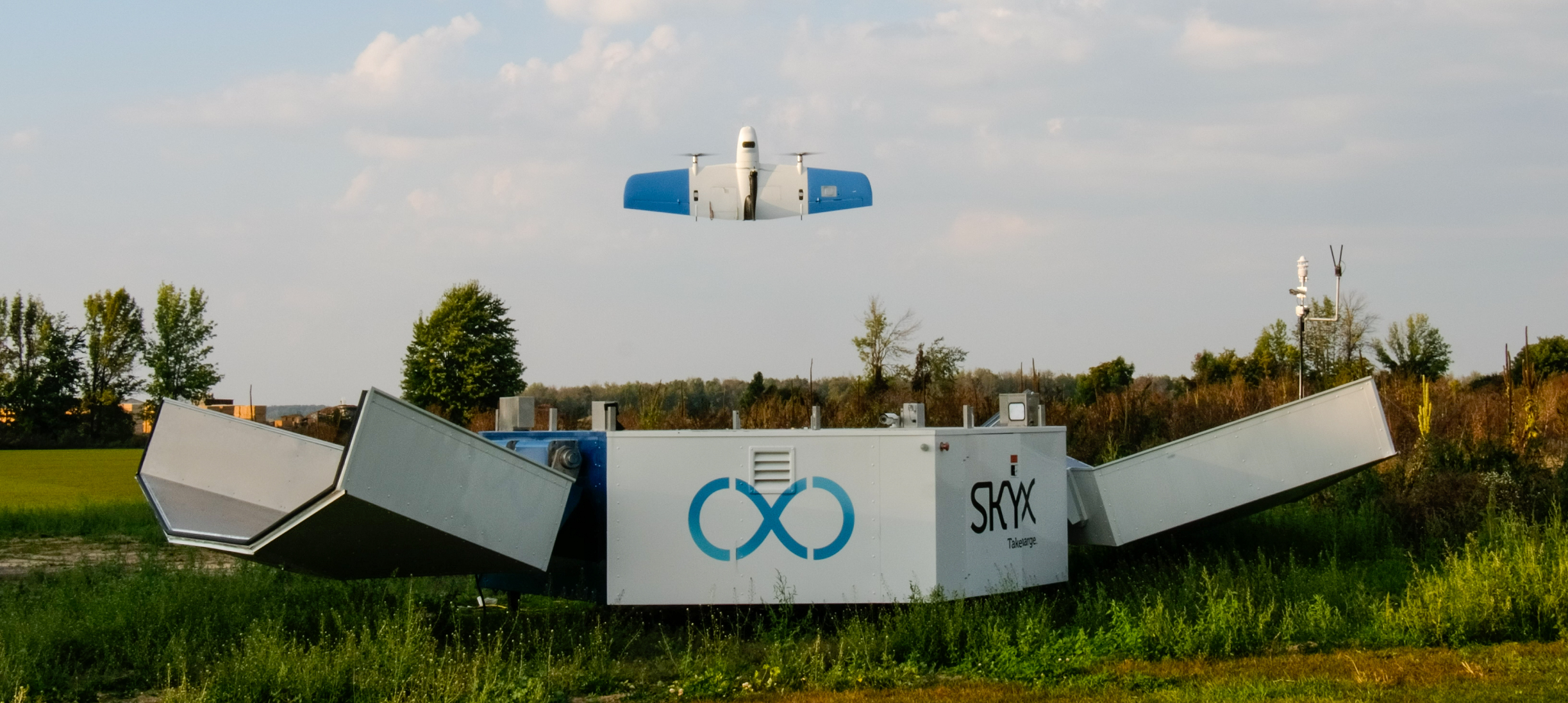
SkyX combines a fixed-wing VTOL aircraft with remote charging stations, according to a press release.
Crafted to take off as a helicopter, but fly as a plane, the drone’s architecture saves on weight and complexity per a SkyX demonstration video. The uniquely designed drone has been deployed across the U.S., Canada, Mexico, South Africa, Bolivia, Chile and Colombia.
To date, the startup has received a total of $15.8 million in funding from Shenzhen-based Kuang-Chi Group, the Almond Tree/SkyX LP led by Almond Tree Enterprise Inc., and contributions from other unlisted investors. Encouraged by growing demand, SkyX recently expanded its business to the Houston market.
“In the last few months, SkyX has experienced a growing demand from the oil and gas industry regarding our solution for long-range asset monitoring,” Horn said. “As a result, having an office in Houston, and having Sean lead the team there, will allow us to respond to the complex challenges faced by the industry and deliver a solution to specific problems facing the industry.”
Mary Holcomb can be reached at mholcomb@hartenergy.com.
Recommended Reading
Solar Panel Tariff, AD/CVD Speculation No Concern for NextEra
2024-04-24 - NextEra Energy CEO John Ketchum addressed speculation regarding solar panel tariffs and antidumping and countervailing duties on its latest earnings call.
NextEra Energy Dials Up Solar as Power Demand Grows
2024-04-23 - NextEra’s renewable energy arm added about 2,765 megawatts to its backlog in first-quarter 2024, marking its second-best quarter for renewables — and the best for solar and storage origination.
BCCK, Vision RNG Enter Clean Energy Partnership
2024-04-23 - BCCK will deliver two of its NiTech Single Tower Nitrogen Rejection Units (NRU) and amine systems to Vision RNG’s landfill gas processing sites in Seneca and Perry counties, Ohio.
Clean Energy Begins Operations at South Dakota RNG Facility
2024-04-23 - Clean Energy Fuels’ $26 million South Dakota RNG facility will supply fuel to commercial users such as UPS and Amazon.
Romito: Net Zero’s Costly Consequences, and Industry’s ‘Silver Bullet’
2024-04-22 - Decarbonization is generally considered a reasonable goal when presented within the context of a trend, as opposed to a regulatory absolute.



